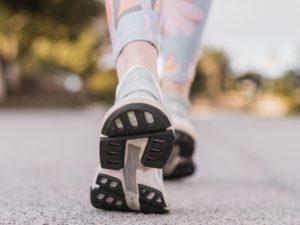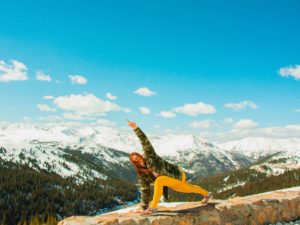Calisthenics – The Best Way to Improve Your Body and Overall Fitness
We all know that some form of exercise is important to improve your health overall. Something as simple as walking has amazing health benefits.
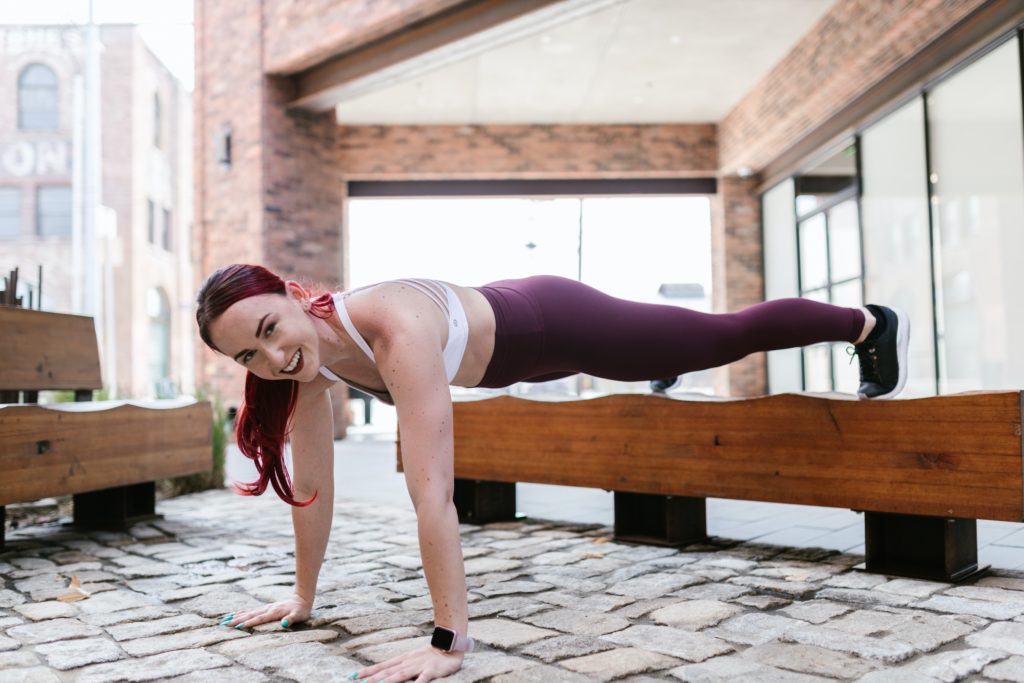
If you want to build muscles, however, then people usually hit the gym, buy some weights, or, easier and cheaper, just do calisthenics.
AKA anyone can do a pull-up (eventually).
Learn all about calisthenics and their use.
Find out the answer to questions like “what are calisthenics?”, “what are types of calisthenics exercises?”, “what are calisthenics exercise benefits?” and many more today!
What is Calisthenics
Calisthenics is a type of workout that does not require anything other than your own body weight.
By performing some exercises, with varying intensity, you can get an intense workout with great overall fitness results and build muscles.
Calisthenics works out major muscle groups to build strength, endurance, and improve fitness easily and smoothly.
Benefits of Calisthenics
Here are 5 benefits of calisthenics workouts!
Flexibility
Flexibility and working out go hand in hand. When you can move the way you want, you can perform better during a workout exercise.
Squats, for example, require a full range of motion to raise completely and squat down completely. This improves hamstring flexibility and heel flexibility greatly.
The movement we don’t even realize stretches out muscles very well in calisthenics. For example, the lowest point of a push-up flexes your elbow more than stretching it behind your back.
Strength
Calisthenics requires high amounts of strength. The best part is that many of the moves require many muscles, meaning one exercise can work out the entire body.
For the body to perform, for example, a one-handed push-up, many major muscles must be activated.
This strength is something that everyone can build up to with easier variations.
Endurance
Calisthenics can also help improve endurance greatly.
By pushing yourself and holding position in calisthenics, you can activate muscles for longer periods, pushing yourself to increase stamina.
Posture
Having proper form in calisthenics is imperative to preventing injury and actually improving overall fitness. Easier variations, aside from helping us build strength at a level we are comfortable with, can help us become used to proper form.
Remembering how the body should move, what it feels like to activate certain muscles, and what the motion feels like will help us make proper form a habit.
This will help prevent injury in high-intensity variations.
Balance
Balance is a skill we have to practice to improve.
Some calisthenics variations require balance. Simple as that. Think about a one-handed push-up and how that would feel on the upper body and arms.
Even a low squat requires balance, using many muscles in the body to fine-tune the movement.
Why are Calisthenics better than other workouts?
They are free. No really.
If you have a body, a floor, and gravity, you are ready to get the most intense workout of your life! Or the easiest.
Every calisthenics exercise can vary in intensity.
If we can do a push up easily, you might want to either:
Start variations that increase difficulty such as one-handed push-ups (switching hands every 10 push-ups or so), one-legged push-ups, or even clap push-ups.
These variations are much more difficult than a standard push-up and can help you increase fitness.
On the other hand, you can decrease intensity to focus on form, endurance, and proper movement. Hold a basic push-up position in the lowest point, midpoint, or highest point to increase stamina and improve form.
Besides that, calisthenics improves body awareness, decreases body fat, and increases muscle mass greatly.
So, can anyone really do a pull-up (and/or chin-up)?
Yup.
But, it might take a while (I’m still getting there).
For any workout exercise in calisthenics, some variations can make the workout easier, or make the workout harder (think on a scale of knee push-ups to one-handed one-legged push-ups).
And this can be done at any weight.
Maybe you think that your weight prevents you from pulling yourself up, but we are designed to pull and swing. More weight just means the journey to a pull-up might be a little longer. Variations can be used to increase strength along the way easily and smoothly.
Plus, doesn’t more weight mean you’ll get that much stronger?
5 Best Calisthenics Exercises
Here are 5 of the best calisthenics exercises you can do for a full-body workout, with variations of easy and extremely difficult!

Push Ups
We all know what a push-up is, it’s like a moving plank position. This works out the arms and chest muscles greatly. Here is how to do a standard push-up (with different variations given at the end).
Get on your hands and knees, with your hands directly under your shoulders. Extend your legs to assume a high plank position. Make sure your back is straight and lower your body by bending your elbows close to your body until your chest almost touches the floor. Rise.
Repeat for 3 sets of 20 is possible.
Easier Versions
To work up to a push-up, try wall push-ups, where you stand away from a wall, and perform a push-up on the wall.
After you are comfortable with the movement, try knee push-ups, where you assume a push-up position on your knees and perform the movement.
Harder Versions
Try a one-handed push-up, one-legged push-up, have someone sit on your back and push up. Harder variations can help increase muscle mass, improve flexibility, and balance.
Or you can target your chest by performing wide-handed push-ups, where your hands are about a foot away from your shoulders.
Target your arm muscles by performing a diamond-handed push-up, where your hands are together in the center of your chest, forming a diamond.
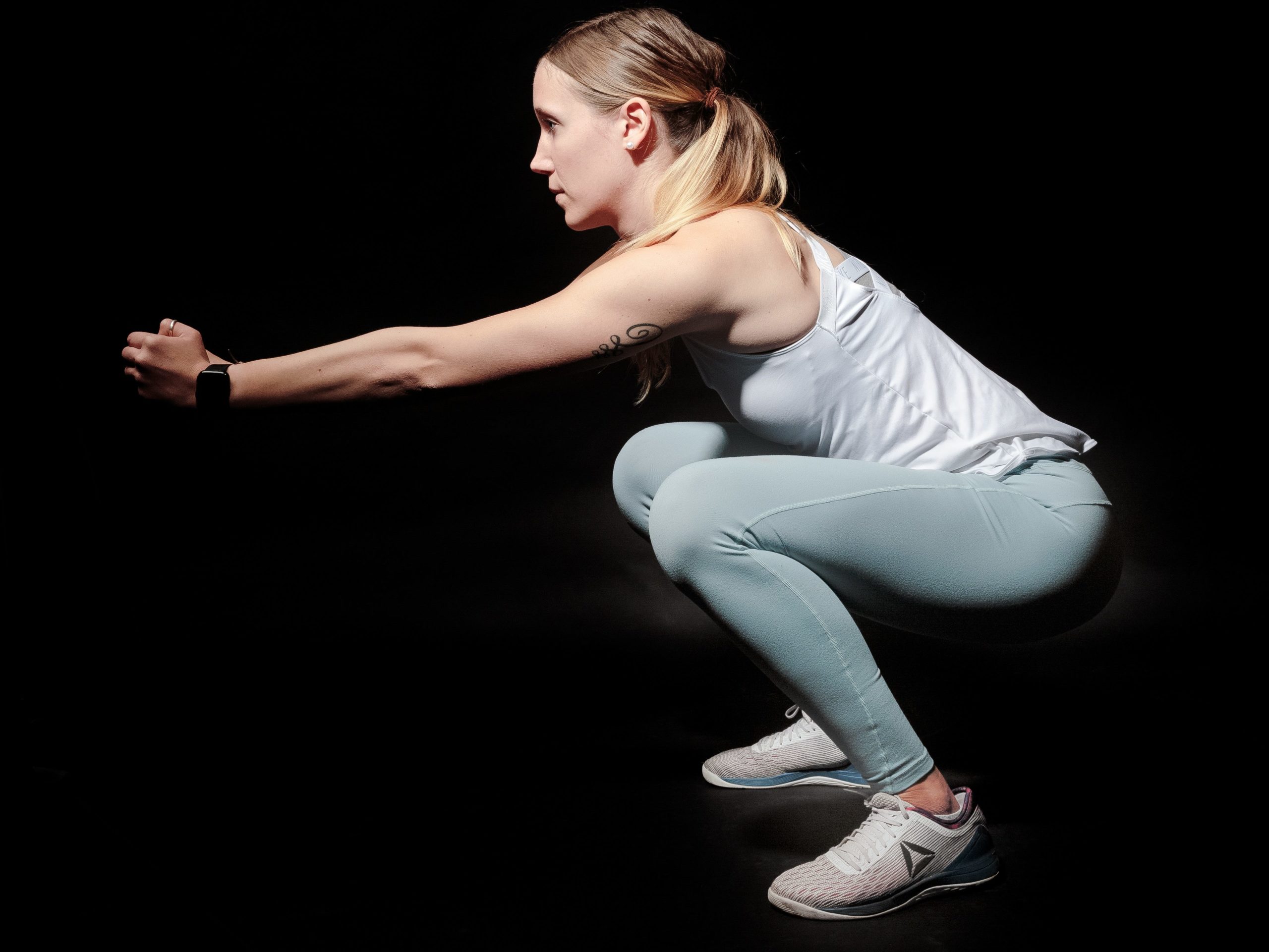
Squats
Squats work out the core, glutes, and legs greatly! They can help improve your heel flexibility and balance. Here is how to do a standard squat (with different variations given at the end).
Stand with your legs shoulder-width apart, facing forward. Lower your body into a squat, moving hips down while bending the knees, keeping the chest and back straight. Get as deep as you can without raising your heels off the ground, then rise.
Easier Variations
Assist your squat by using a wall to go up and down in the motion if you do not have the strength to raise. You can flex your ankles before or after the exercise to improve flexibility slowly but surely.
Additionally, start with half squats, where you only lower half of the way down, or even do one-third squats. This will help build the strength needed to squat completely.
Harder Variations
Try a one-legged squat. If it is too difficult, assist yourself with a wall, or simply hold the position until you are strong enough and have enough balance to rise without assistance.
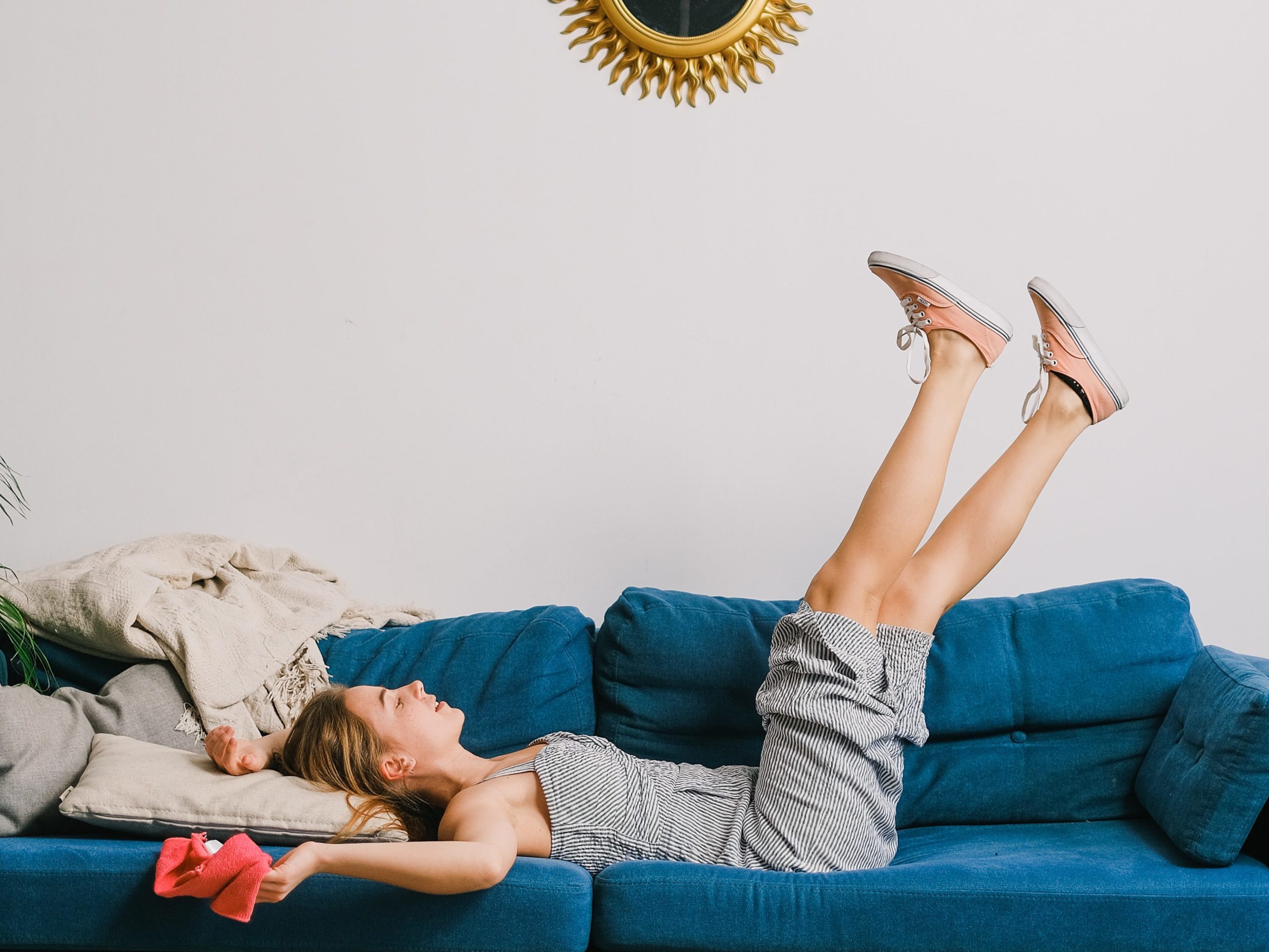
Leg Raises
Leg raises strengthen the core, legs, even the back. Here is how to do a standard leg (with different variations given at the end).
Lay down on the ground with your back straight, legs straight out before you. Keeping your legs straight, raise them at the same time until your feet are to the sky. Hold and lower them back down.
Easier Variations
Raise leg at a time, or go up half of the way before going back down.
Harder Variations
At the top of your leg raise, push your feet towards the sky, raising your glutes and lower back. This is similar to a reverse crunch.
You can also use a bar and perform leg raises while hanging on, increasing the activation of your arms, chest, and core exponentially.
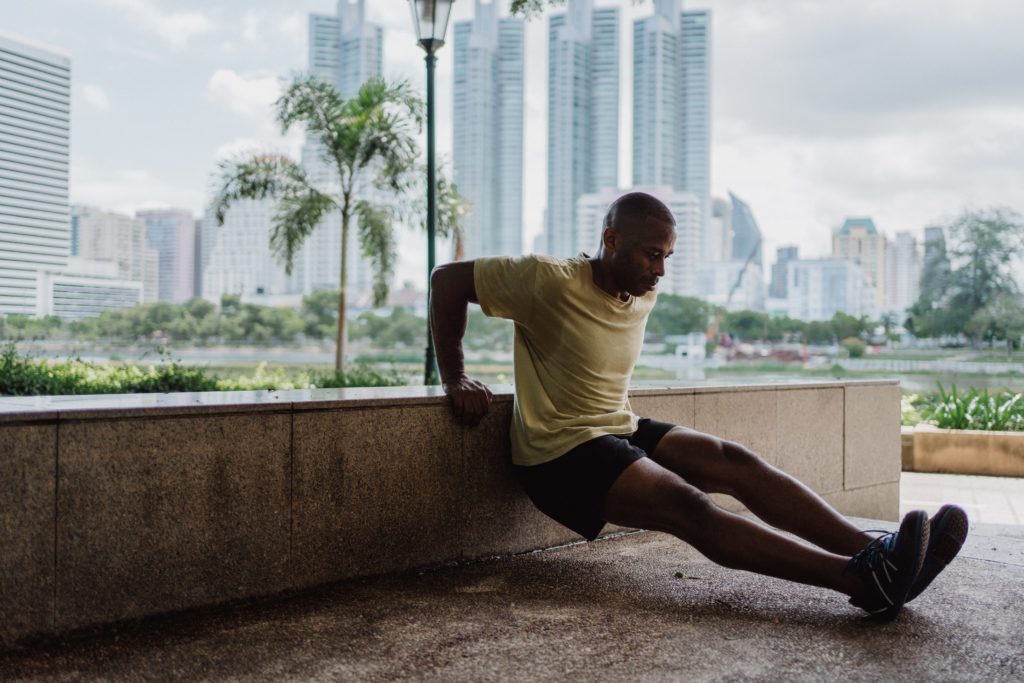
Body Dips
Body dips work out the arms, core, and back. Here is how to do a standard body dip (with different variations given at the end).
Stand in a bar dip or between two sturdy objects you can comfortably press your hands on, going up and down. Use your arms to lift yourself off the ground and bend your elbow using your triceps.
You can also use a bench, keeping your legs bent 90 degrees in front of you, lowering and raising.
Easier variation
Keep one leg on the ground at all times for easier variations.
Harder variation
Hold various points where you feel the most activity from your muscles.
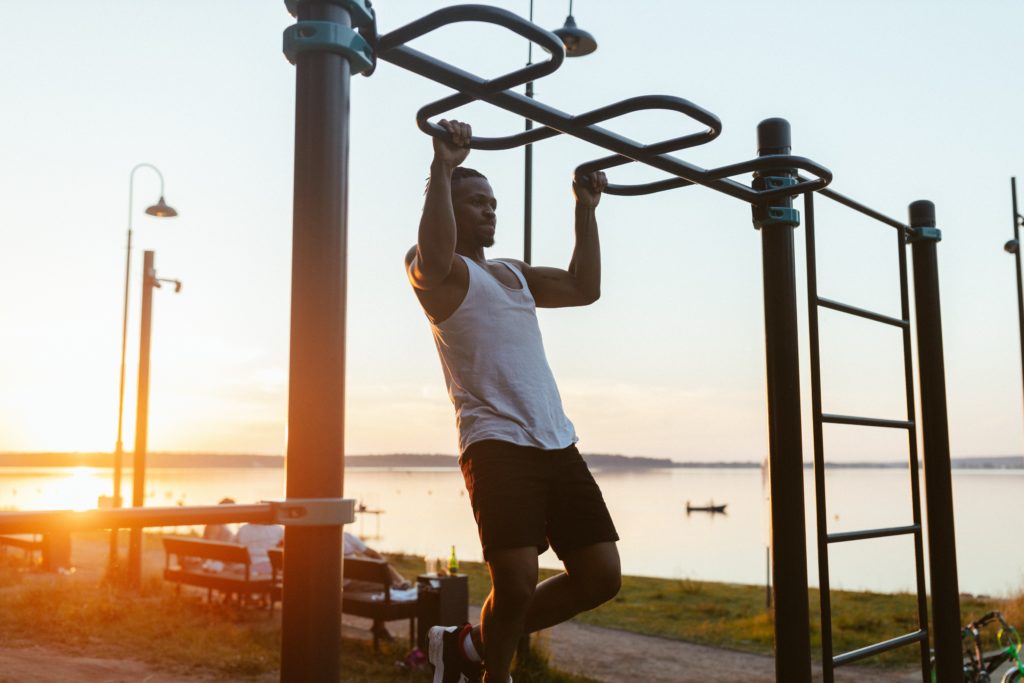
Pull Up
Pull-ups work the arms, muscles of the back, and even the core. Here is how to do a standard pull-up (with different variations given at the end).
Face an exercise bar, and grab it from the front, with your arms about shoulder-width apart. Using your back muscles and arms, raise yourself up until your chin is over the bar. Lower yourself down and continue.
Chin-ups use an underneath grip instead of an overhand grip and tend to target the biceps more.
Easier Variations
Try a wall pull-up. Which is standing by a wall and pulling your body towards and tilting your body back. Keep your body straight, activating the biceps and back. This is the perfect form.
You can do horizontal push-ups next, using rings at chest height, then at hip height. If you do not have rings you can do horizontal pull-ups under a table, or use a broomstick between two objects.
Jackknife push-ups involve sitting on the ground, legs extended in front of you, arms extended absolve you holding the bar. In this variation, you keep your feet where they are and raise your body up to your hands.
Next, it is time to try half pull-ups, moving half way up and down the bar.
Harder Variations
Start to try one-handed pull-ups. Oof.
The Takeaway
Anyone can do a pull-up. The journey matters just as much as the destination.
Calisthenics is a great way to increase strength, improve posture, balance, and flexibility, all while increasing muscles.
With different variations and intensities, anyone can build up to the strength they need.
